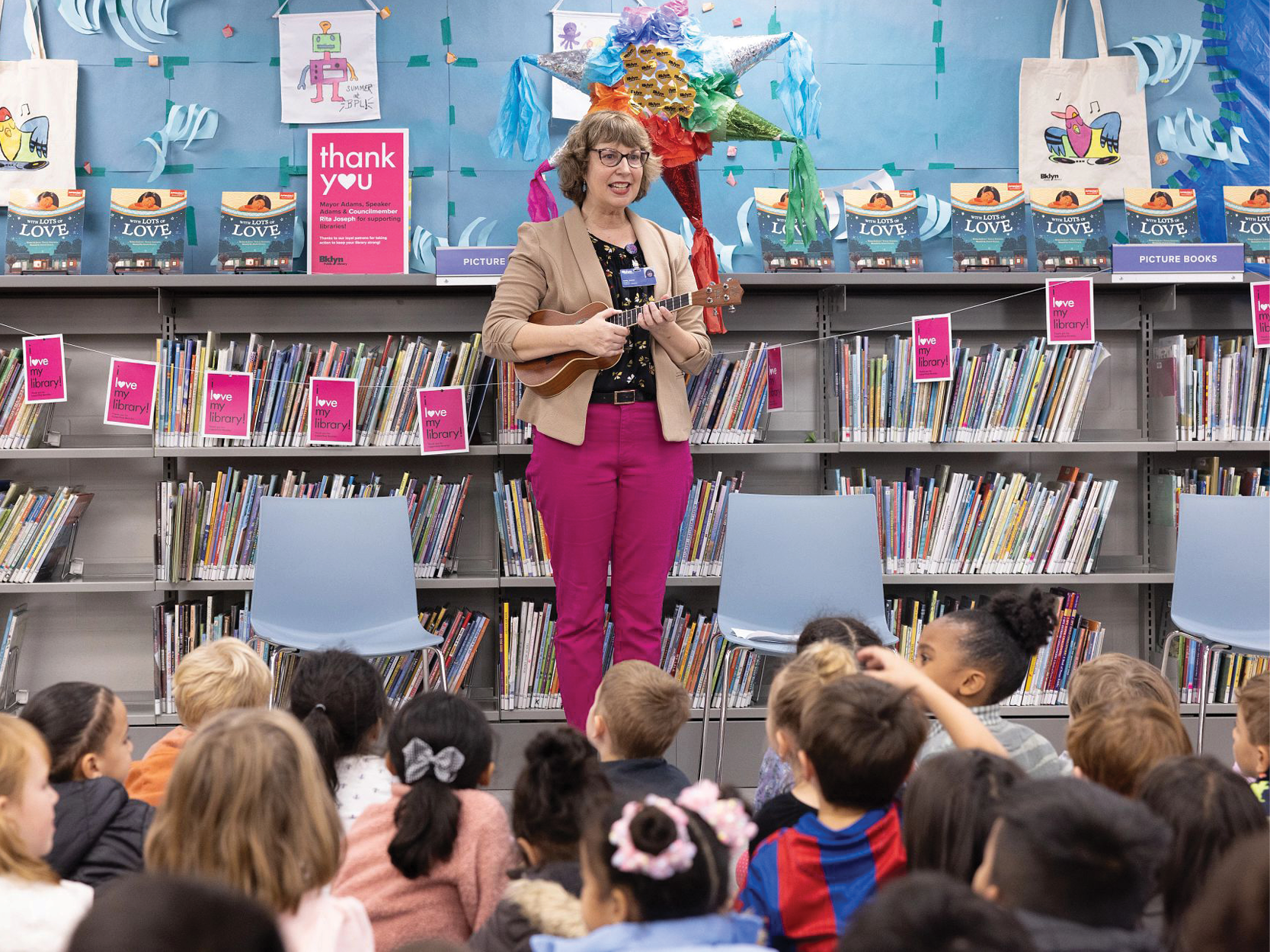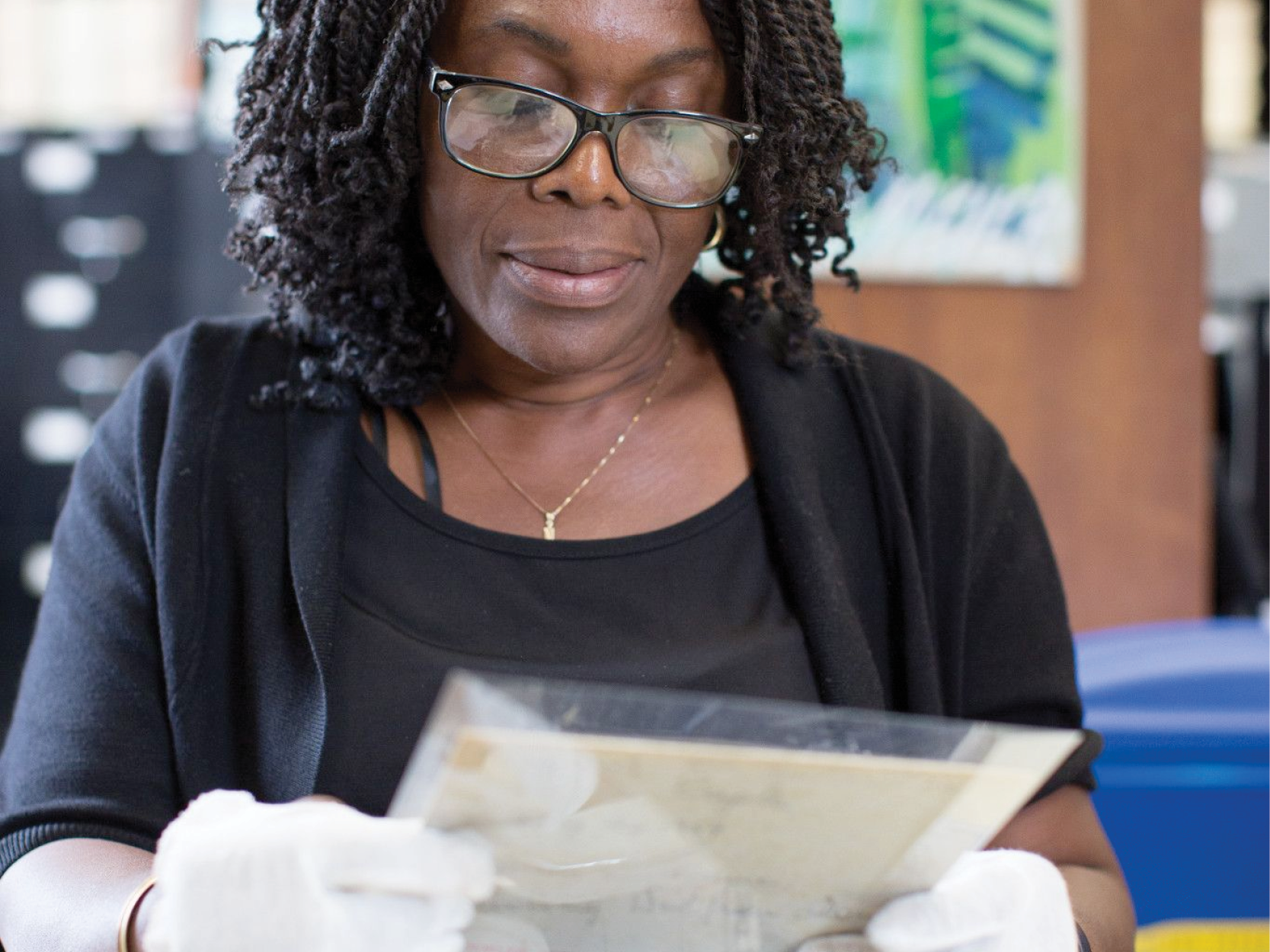It’s hard to know which of these things is more unexpected: that, in a time of health crisis and desperate need for accurate information, my first instinct is to read the newspaper from 100 years ago; or that said news coverage has proved oddly comforting. If either of these instincts resonates with you as well, check out what the Brooklyn Daily Eagle shared about the 1918 influenza pandemic.
First of all: folks felt unsure about things. On September 18th, writing about “Influenza and Sports” (some things never change…), the Eagle reported that “Whether the influenza will flourish is a question that no one can answer.”
Everything changed quickly: by October 4th, 1918, there were 421 cases of the flu in Brooklyn; a public health crusade to stop spread of the disease included fining people for spitting in public. Note to self: can we fine people for not washing their hands?

Quarantines and shutdowns were imposed: on October 10th, Camp Mills in Long Island was quarantined, and more distantly, Pennsylvania’s coal mines were shut down because, as workplaces, they were serving as points of high contagion. And yet, while the whole coal industry was alarmed by the huge drop in production, it mobilized medical workers to support sick employees.

According to the Eagle, New York City had an estimated half a million cases by October 20, 1918. Even in our present moment of uncertainty around COVID19, that’s terrifying to me. The Health Department was quick to mobilize new strategies: they divided Brooklyn into twenty four “influenza districts,” with health workers assigned to support each district. Each of these districts also provided low-cost prepared meals to residents who were ill ("500,000 Grip Cases in New York City; Mortality is High," Brooklyn Daily Eagle, 20 Oct 1918.).
Read about how the State Food Commission set up operations to distribute food from an empty storefront in downtown Brooklyn:

And, just as now, there was a swirl of misinformation around the epidemic. A local swimming coach suggested that overeating was in part to blame for the epidemic ("Says Overfeeding is Cause of "Flu"," Brooklyn Daily Eagle, 21 December 1918), and an ad from the “Chiropractors of Brooklyn” suggested that spinal adjustment would help prevent infection. These serve as a solid reminder to be careful what information you believe, even from your trusty local newspaper.

Public health mistakes abounded: even after the peak of the epidemic had passed, a new outbreak sprang up in Eastport, Long Island, after the Red Cross hosted a ball for 500 people but served lemonade and fruit punch to all the guests using a total of fifteen glasses.
There is no historic facepalm emoji emphatic enough to respond to this. We can do better, folks: avoid large public gatherings, and wash your dishes. ‘Nuf said.

What blew my mind most was the timeline: while September 18, 1918 saw uncertainty that an epidemic would even hit, and October 4th saw a sudden spike in cases, by October 25th the local health authority declared that the worst was over. And, by November 1st,, rates of infection were dropping significantly.


I don’t think we should look to news reporting from 102 years ago for a clear indication of how our current health crisis will unfold. But if pandemics do follow patterns, then history reinforces some of the tips we’re receiving right now: avoid large gatherings, follow public hygiene standards, and be careful about the sources of health information you receive.
And maybe history can also guide and inspire us. While there’s no way to compare our current moment with 1918’s health crisis, I’m heartened by early twentieth century employers closing down workplaces and, in the midst of major revenue losses, providing healthcare to impacted employees. I’m impressed by the health departments of yore rethinking structures of community care provision in times of crisis and understanding the value of trying out new mechanisms for supporting their most vulnerable populations.
Perhaps my dive into the archive as a coping strategy for my current anxiety wasn’t off base after all. I’m sure the Brooklynites of 1918 would be heartened to know that Brooklyn today can learn from and be inspired by the ways they endured a pandemic.
This blog post reflects the opinions of the author and does not necessarily represent the views of Brooklyn Public Library.
Thank you for sharing. This
My Brooklyn grandmother died
Do you have anything on what
Post a Comment
While BPL encourages an open forum, posts and comments are moderated by library staff. BPL reserves the right, within its sole discretion, not to post and to remove submissions or comments that are unlawful or violate this policy. While comments will not be edited by BPL personnel, a comment may be deleted if it violates our comment policy.
eNews Signup
Get the latest updates from BPL and be the first to know about new programs, author talks, exciting events and opportunities to support your local library.







